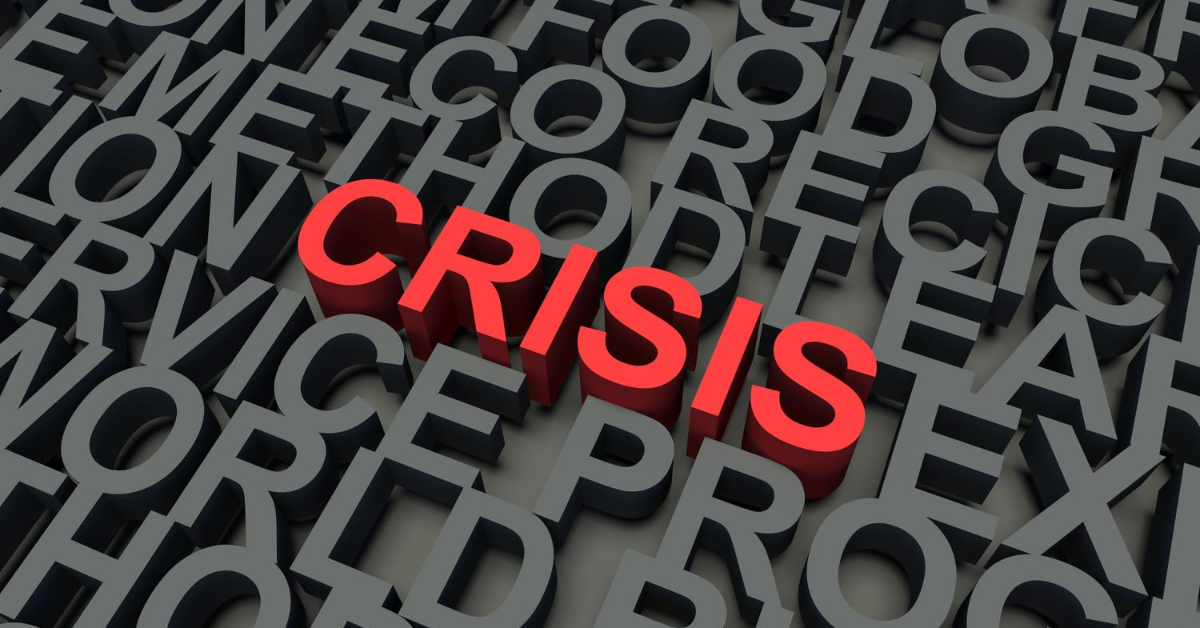Words Matter. How well will you communicate during your next crisis?
The value of any communications must be weighed against the potential exposure or liability upon which that communications may create. Yet, employee and public confidence in the ability of your organization to deal with a crisis, and to bring about a satisfactory conclusion, must somehow be conveyed. Effective communication is integral to the larger process of information sharing aimed at eliciting trust and promoting an understanding of relevant issues or actions taken during a crisis. Within the limits of available knowledge, good crisis communication aids such efforts by:
- Building, maintaining, or restoring trust.
- Improving knowledge and understanding.
- Guiding and encouraging appropriate attitudes, decisions, actions and behaviors.
- Encouraging collaboration and cooperation.
First and foremost, it is critical that your organization retains control of the narrative in any situation and not be forced into a potentially damaging response mode. Senior leadership must effectively manage communications through a formal, clearly defined channel to mitigate impacts or serious negative repercussions, maintain the reputation of leadership, and ensure transparency on vital issues. In order to do so, a written crisis communications plan must be in place that:
- Clearly defines communication response strategies that are triggered by a crisis event.
- Identifies and prioritizes target audiences (key stakeholders).
- Assigns crisis communications resources and responsibilities.
- Establishes crisis communications protocols and channels of communications.
- Articulates key messages that will effectively reach predetermined target audiences.
Your crisis communications plan should be implemented in situations that are not ‘business as usual.’ The plan should be designed to be used in conjunction with the normal decision-making hierarchy of the organization and should not supplant that decision-making process or the current role of communications.
Designate a Crisis Communications Team
Establish a Crisis Communications Team (CCT) and document roles and responsibilities for team members in the plan. General roles within this team include:
- Team Leader – Primary liaison between the CCT and the crisis team.
- Team Coordinator – Schedules and coordinates team meetings.
- Spokesperson – Represents organization publicly.
- Internal Communications – Oversees communications to internal stakeholders.
- External Communications – Oversees communications to external stakeholders.
- Media & Public Management – Manages media requests.
- Media Monitoring – Monitors media coverage.
- Technology/Website Coordinator – Assists with messaging on company website.
Once activated, the CCT will provide communications counsel to the crisis team regarding the potential reputational risks associated with key decisions and develop a communications strategy and messaging platform in order to increase understanding of, and support for, the organization’s position and the steps it has taken.
Prepare Clear and Concise Targeted Messages
Knowing what to talk about and what not to talk about is critical. Throughout an event, the following information should be considered for distribution:
- Confirmation that an event has occurred.
- Nature, location and time of the event.
- Status of impacted stakeholders.
- Actions being taken to manage the event.
- Where to go for further information.
Developing clear, concise messages that address stakeholder questions and concerns may be challenging due to the chaos and confusion that ensues during a crisis event. Having key messages already in place will help you quickly respond with appropriate messages and avoid “heat of the moment” communication mistakes. One of the most powerful tools for preparing clear and concise messages is the message map. A message map consists of detailed and hierarchically organized information that can be used to respond to anticipated questions or concerns. Remember, message maps are not the scripts, but rather the core messages to be delivered.
Messages should be framed in such a way as to ensure that appropriate stakeholders are informed about the event and the decisive actions being taken to control or respond to the event. Communications during this time must be updated, taking into account new developments and emerging issues. As event circumstances change, messages will need to evolve to restore and maintain confidence and calm, balancing a sense of concern with resolve and action.
It is important to recognize that during a crisis event, messages will be different for different stakeholder groups. Yet, the different groups must be presented an integrated overall picture. Message maps will need to be developed for eachstakeholder group.
Concluding Thoughts
To develop a crisis communications plan that is company-specific, accurate and practical, you will want to involve individuals from a variety of disciplines across the organization. The best group of individuals to take on this task is the CCT, with final approval and sign-off from senior leadership. This ensures leadership’s buy-in on the process and ensures they are familiar with the documented steps to take, should an event materialize.
Communications, like preparedness, is a continuous improvement process. Having a solid crisis communication plan that includes pre-approved message maps integrated across the organization and regularly tested and practiced by employees, can not only save your reputation, but may in fact also save lives.



